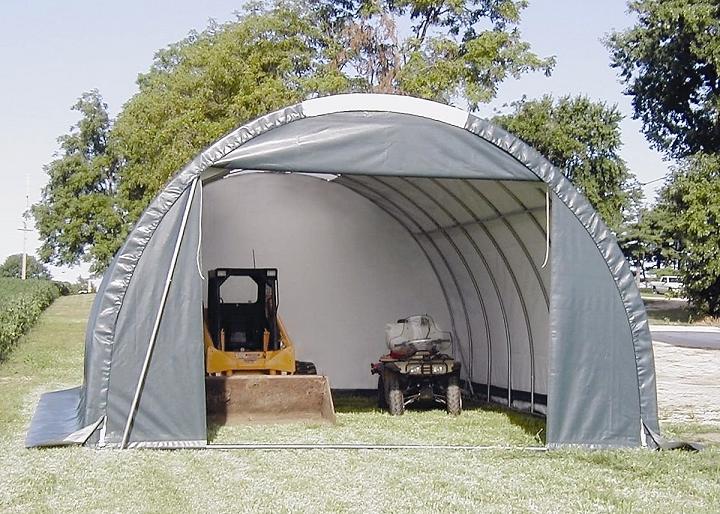How to Choose the Right Anchor System for Your Shelter

When it comes to setting up a secure portable shelter, choosing the right anchor system is just as important as selecting the shelter itself. The correct anchors will keep your structure stable, protect it from high winds, and help extend its lifespan. Whether your shelter will be installed on gravel, concrete, or grass, there’s an anchoring method that’s best suited for your needs — and some common mistakes you’ll want to avoid.
Why Proper Anchoring Matters
Portable shelters are designed to be strong and durable, but without the right ground anchors or canopy tie-downs, they can shift, lean, or even collapse under extreme weather conditions. Anchors not only secure your investment but also provide safety by preventing the structure from becoming a hazard.
Anchor Options for Different Surfaces
1. Gravel or Dirt
For shelters installed on loose surfaces like gravel or dirt, auger-style ground anchors are often the best choice. These screw deep into the soil, creating a firm hold against wind and rain.
-
Pros: Easy to install with basic tools, excellent grip.
-
Cons: May require periodic checking and tightening as soil shifts over time.
2. Concrete or Asphalt
If you’re setting up on a paved surface, wedge anchors or expansion bolts work best. These are drilled directly into the concrete or asphalt for a secure, semi-permanent hold.
-
Pros: Extremely sturdy, great for long-term installations.
-
Cons: Requires drilling into the surface, not easily moved.
3. Grass or Soft Ground
For grassy areas, earth anchors with heavy-duty straps are ideal. These are driven into the ground at an angle for maximum resistance. Canopy tie-downs can also add extra stability, especially for temporary setups like event tents.
-
Pros: Quick installation, good for seasonal use.
-
Cons: Less secure in overly wet or sandy soil without additional support.
What to Avoid When Anchoring Your Shelter
-
Skipping anchors altogether: Even in mild climates, wind can lift an unanchored shelter.
-
Using mismatched hardware: Always choose anchors rated for the shelter’s size and weight.
-
Ignoring manufacturer recommendations: Anchor systems are often designed specifically for certain shelter models.
The Bottom Line
A shelter’s stability depends on more than just its frame and cover — the right shelter anchor options are critical to keeping it secure year-round. Whether you’re installing on gravel, concrete, or grass, matching your anchoring method to the surface will help you avoid costly damage and ensure your structure stays exactly where it belongs.








